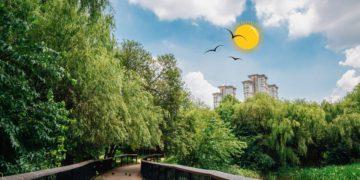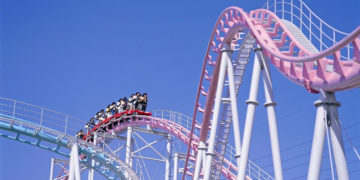Skip the regular tours and destinations if you’re visiting South Korea in the near future. As a travel enthusiast who wishes for trip that’s not only unforgettable but also impactful and inspiring, then the Blue House of South Korea, Cheong Wa Dae, is one you simply cannot miss. And now that the new president of South Korea is taking office, Cheong Wa Dae will likely be closing for the public.
So, you’ve ever wondered what it’s like to walk through the corridors where South Korean presidents once stood? Then this could be your last chance for a while. And believe us, you do not want to miss it!
What Exactly Is Cheong Wa Dae?
There’s a place in Seoul that once held the weight of a nation—where the most powerful decisions in South Korea were made behind curving rooftops and blue tiles. You’ve probably seen the postcard-worthy image: a traditional palace-style structure set against the backdrop of Bugaksan Mountain, its roof shimmering in vivid sapphire under Seoul’s sky.
That’s Cheong Wa Dae, the South Korea Blue House and president office from 1948 to 2022.

Twelve leaders of South Korea governed from this spot, including every president up to Moon Jae In. Unlike those regular travel destinations, Cheong Wa Dae the Blue House is where state secrets lived, where foreign dignitaries were welcomed, and where Korea’s modern history unfolded—step by step, summit by summit.
For nearly eight decades, Cheong Wa Dae wasn’t a stop on your itinerary. It was off-limits, highly guarded, and reserved for the president alone. Now, it’s open. But not forever.
South Korea New President is Taking Office: Why You Should Visit—Now
Following the South Korea election of 2022, the new president Yoon Suk Yeol relocated the office to Yongsan, turning Cheong Wa Dae into a public cultural site for the very first time. But in 2025, things changed again. With South Korea new president Lee Jae Myung signaling a return to the historic complex, the public era of the Blue House may be coming to a close.
Thousands are already rushing in. Tour slots for weekends and holidays are fully booked weeks in advance. With a reservation cap of 22,000 people per day and security preparations underway, this is likely your last window to experience what was once the nation’s most secretive place.

After all, standing inside Cheong Wa Dae is way better than simply visiting a museum. It’s a place where you can actually walk through and experience the living history of South Korea surrounding you.
Cheong Wa Dae, the Blue House of South Korea: What You’ll See Inside
Inside this iconic South Korea Blue House, you will find the grand Main Office Building, the elegant Yeongbingwan Guest House, and the Presidential Residence that once housed entire First Families. And there’s more—gardens, pavilions, and hiking trails that have only recently been made accessible after decades of closure.
Once you step past the gates, you will be stepping into what once was the beating heart of South Korea’s government. Every structure on the grounds has a story to tell, and you’re invited to explore them all at your own pace.

Main Office Building
This is the iconic centerpiece of Cheong Wa Dae, where presidential decisions once shaped the nation. The roof alone is a sight to remember—over 150,000 blue tiles, each baked individually by hand, shimmer under the sunlight. It’s the first thing you’ll see, and it sets the tone for everything that follows.
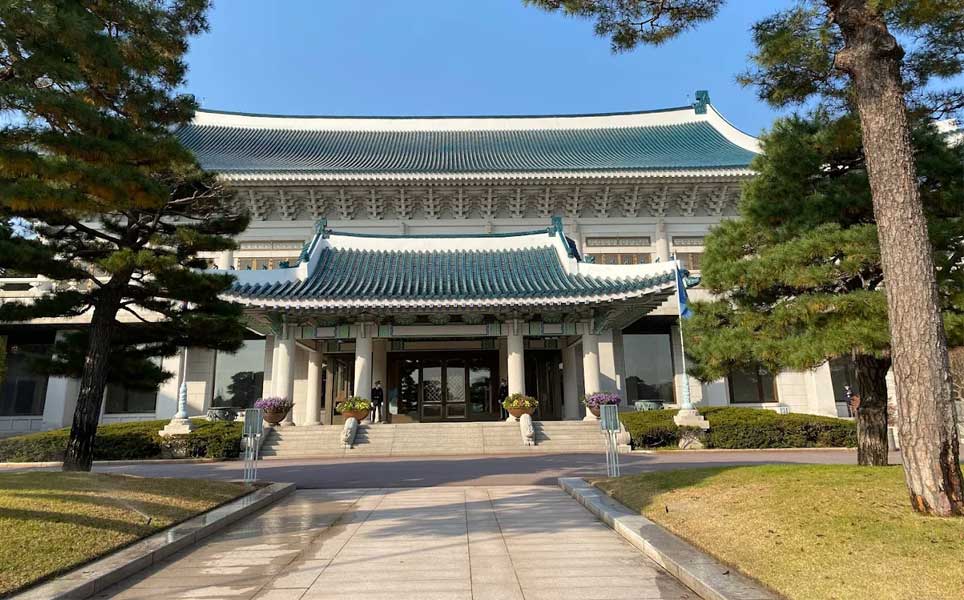
Yeongbingwan (State Guest House)
Think of this as South Korea’s official living room. It’s where global leaders were welcomed and where international diplomacy came to life through traditional design. You’ll feel the balance between elegance and authority just by standing in its shadow.
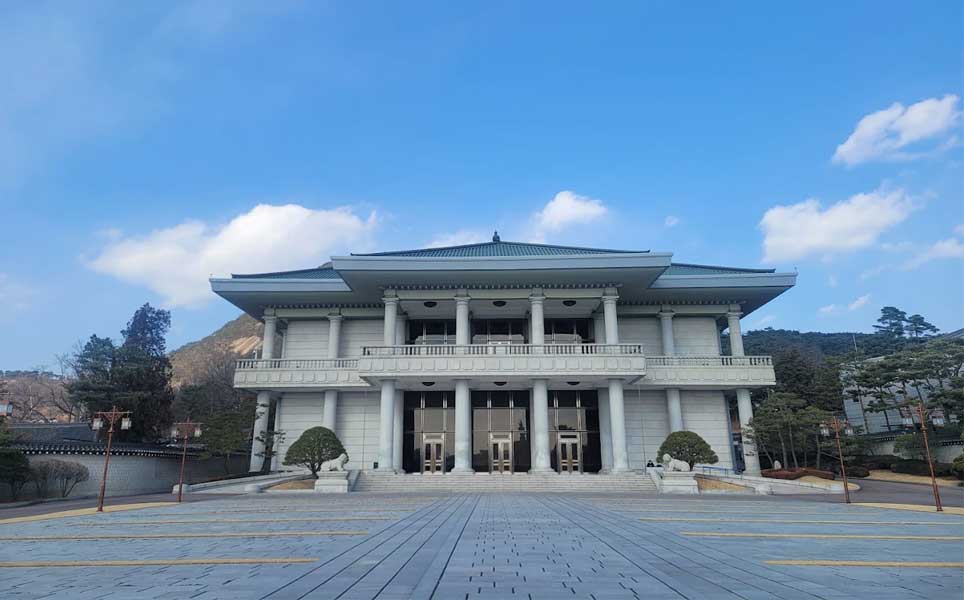
Nokjiwon Garden
Unlike the other typical palace gardens, Nokjiwon is a living archive. It houses over 120 species of trees and plants—including ones planted by former presidents. It’s peaceful, calming, and perfect for a quiet stroll if you need a break from the city buzz.
Chunchugwan Press Hall
For decades, this was the stage for presidential briefings and announcements. If you’ve ever seen historic news clips from Korea, chances are they were filmed right here. It’s a reminder of how Cheong Wa Dae was once the pulse of national conversation.
Chilgung Shrine
Hidden in plain sight, Chilgung holds deep cultural significance. It honors royal concubines who gave birth to kings during the Joseon Dynasty—an important piece of Korea’s layered history that you likely won’t encounter in typical travel spots.

Bugaksan Hiking Trails (Southern)
If you’re up for a light adventure, don’t miss the trail behind the compound. Opened to the public only in 2022 for the first time in 54 years, these paths take you along the once-forbidden ridges of Bugaksan, leading to panoramic views and historic landmarks like the Seoul Fortress Wall and Baekakjeong Pavilion.
Each stop will serve as an iconic and meaningful experience, especially after the new president of South Korea takes office. You’re walking through spaces that were once off-limits to everyone but the country’s highest officials, then opened for just a brief moment for an up-close experience, but then possibly closes again.
So, take your time. Sit under a tree that holds decades of memory. Snap a photo where history was once made. Let Cheong Wa Dae remind you why travel isn’t simply about places—it’s about understanding where stories begin.

Who Can Visit the South Korea President Office and How?
Admission is free, but reservations are mandatory—especially during peak seasons like national holidays or after big headlines like the announcement of the office’s return. You can book through the official Cheong Wa Dae website up to four weeks in advance.
Don’t have a Korean phone number? No problem. Foreign nationals are eligible for same-day on-site registration, with up to 2,000 walk-in tickets issued daily at 09:00 and 13:30. Just bring your passport for ID.
Some things to note:
- Cheong Wa Dae is closed every Tuesday (unless it’s a national holiday).
- Last entry is one hour before closing (17:00 from March–November; 16:30 from December–February).
- Visitors aged 65+, veterans, and individuals with disabilities are prioritized for walk-in access.
- Minors can visit without ID if accompanied by a guardian.
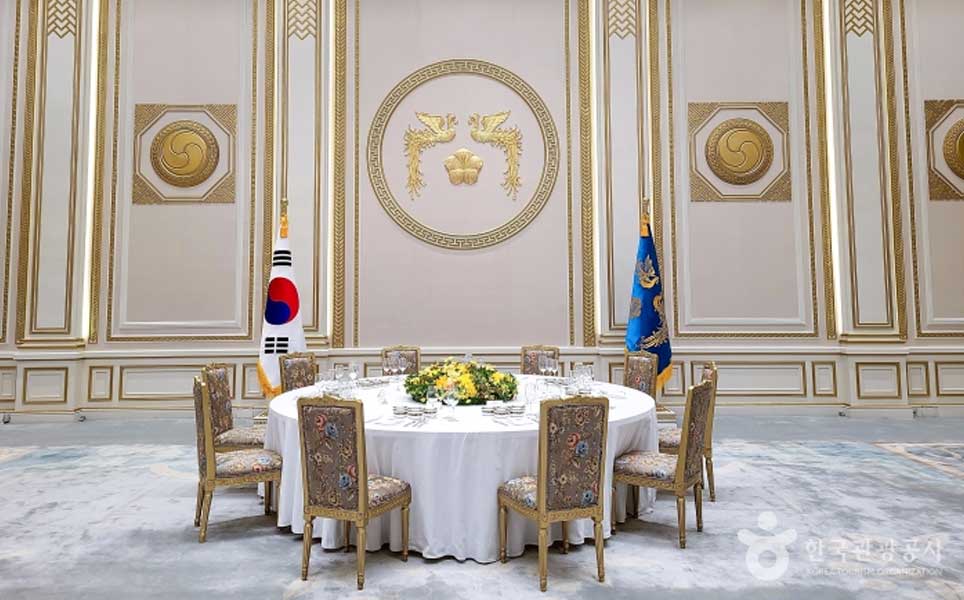
Important Rules You Need to Know
While the grounds are open, this is still a national landmark—so respect and care are expected. Here are key guidelines:
- No smoking, no alcohol, no cooking, no drones.
- Stay within designated areas and avoid touching heritage objects.
- Disposable items are discouraged; bring your own water and umbrella.
- No food trucks or public dining areas inside—finish that kimbap beforehand.
- Professional filming requires prior authorization via the Cheong Wa Dae Management Planning Bureau under the Ministry of Culture, Sports and Tourism.
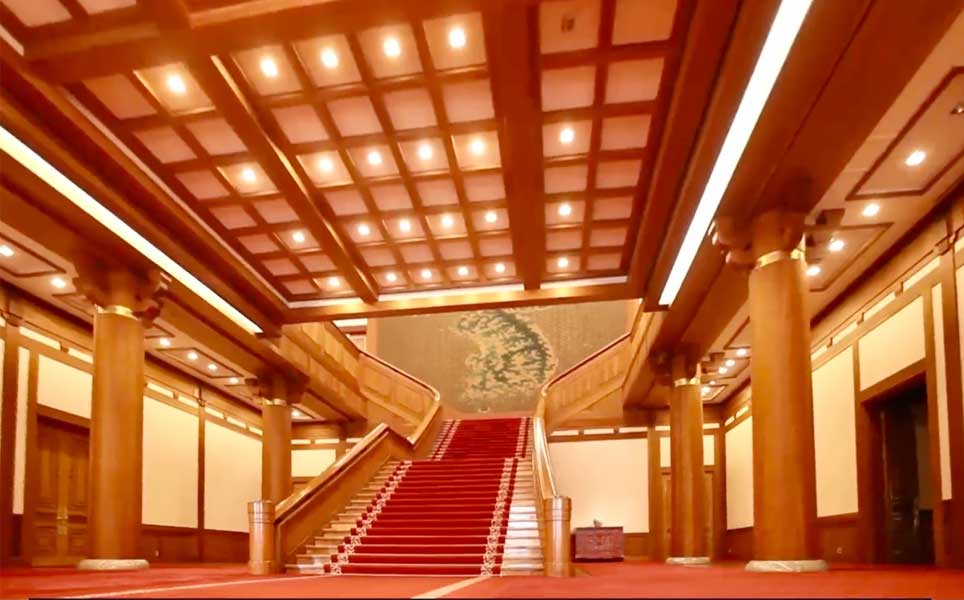
Cheong Wa Dae Guide: How to Get to the Blue House of South Korea
The easiest way? Take Seoul Subway Line 3 to Gyeongbokgung Station (Exit 3), then hop on buses 1711, 1020, 7018, 7016, 7022, or 7212. Get off at Hyoja-dong—just two stops away. From there, the entrance is a short scenic walk past government buildings and quiet cafés.
If you’re heading in by car, note that limited parking is available, and you’ll want to arrive early.
Extra Highlights for Your Travel List
If you’re already making the trip to Cheong Wa Dae, don’t just stop at the gates. There are a few spots nearby that are well worth weaving into your travel day. They’re close enough to walk, and each one adds a new layer to your experience of Seoul’s history and beauty.
Cheongwadae Sarangchae
Right outside the main entrance, this cultural center is an easy first or last stop. Inside, you’ll find interactive exhibits on Korea’s presidents, diplomatic gifts from around the world, and visual storytelling of major milestones in Korean leadership. It’s quiet, informative, and a great place to deepen your understanding of the Blue House’s legacy.
Seoul Fortress Trail (Bugaksan Course)
If you’re up for a light hike, this trail behind Cheong Wa Dae offers one of the most scenic walks in the city. You’ll pass along old fortress walls, shaded forest paths, and viewpoints that look out over the city skyline. The air feels different here—cooler, quieter, and full of perspective.
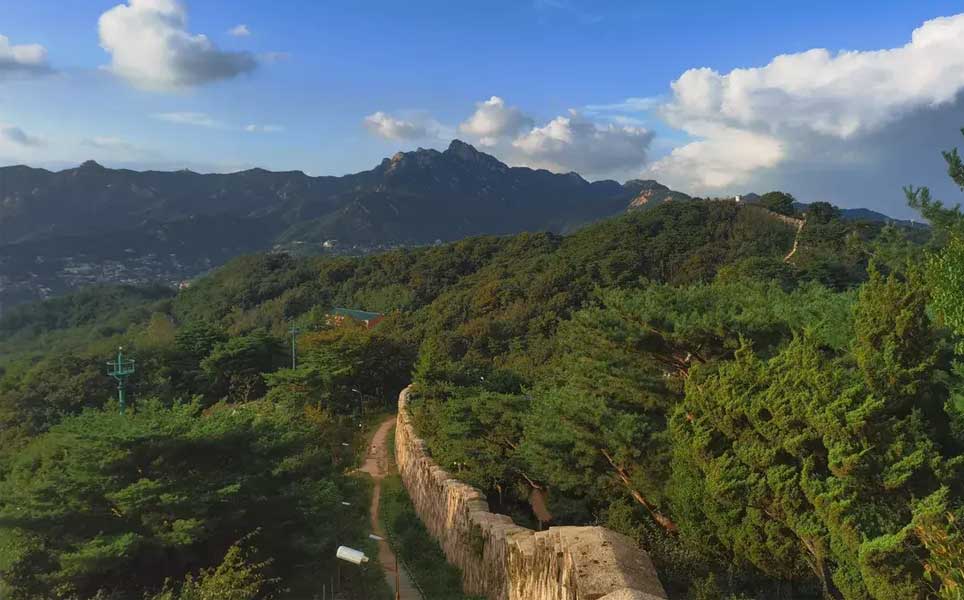
Bukchon Hanok Village & Gyeongbokgung Palace
These two iconic sites are only a short walk away. Wander the alleys of Bukchon Hanok Village, where traditional hanok homes line the hillside, then step into the royal grounds of Gyeongbokgung Palace for a glimpse of Joseon-era splendor. If you plan it right, you can easily fit all three—Cheong Wa Dae, Bukchon, and the palace—into one unforgettable day in Seoul. These stops aren’t just nearby—they complete the story. If Cheong Wa Dae is the symbol of South Korea’s modern power, these places help you feel the roots that made it possible.
Why Cheong Wa Dae Feels So Different
You’ve seen castles, temples, and palaces. But Cheong Wa Dae is different. This isn’t a relic of a forgotten age. It’s still part of an ongoing national story—one that could shift again with every South Korea election, presidential decision, or public outcry.
As the South Korea new president prepares for a symbolic return, what was once a fleeting travel secret may soon become a closed chapter again. And that makes your opportunity to visit Cheong Wa Dae not just rare—but deeply personal.
This is your moment to step inside power, memory, and Korean identity—all in one walk.
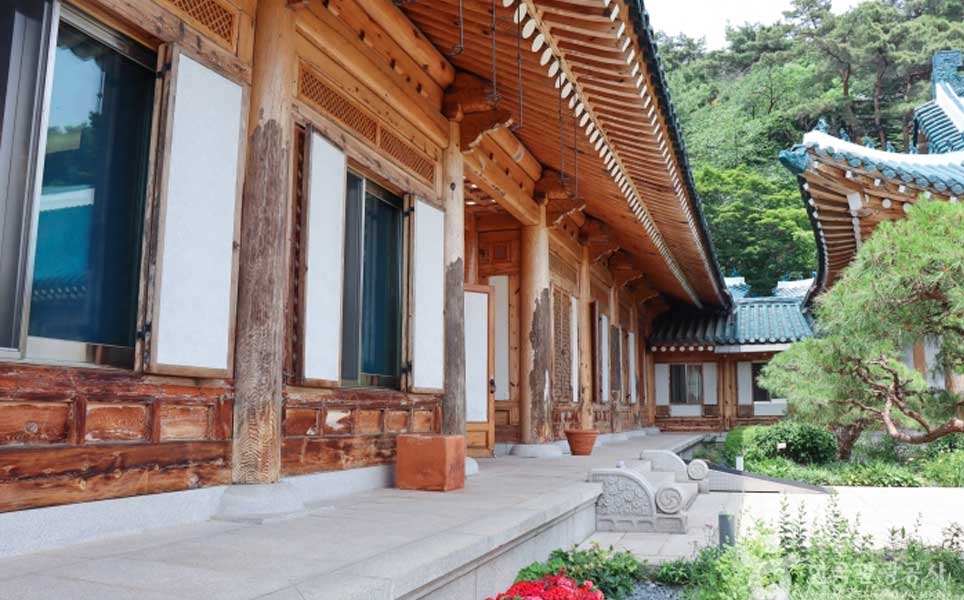
So, plan your visit now before the gates close now that a new president is taking office in South Korea.
Cheong Wa Dae is waiting—but not for long.
Cheong Wa Dae – The Blue House, President Office of South Korea
- Address: 1 Cheongwadae-ro, Jongno-gu, Seoul.
- Phone: +82 2 1330
- Opening Hours:
- 9 AM to 6 PM, entrance closed at 5 PM – March to November
- 9 AM to 5.30 PM, entrance closed at 4.30 PM – December to February
- Tours CLOSED on Tuesdays. Except when coincides with public holiday or alternative holiday, closed the next day.
- Website: Official Site
- Instagram: @cheongwadae_korea
Related Posts
2,544 total views, 12 views today





